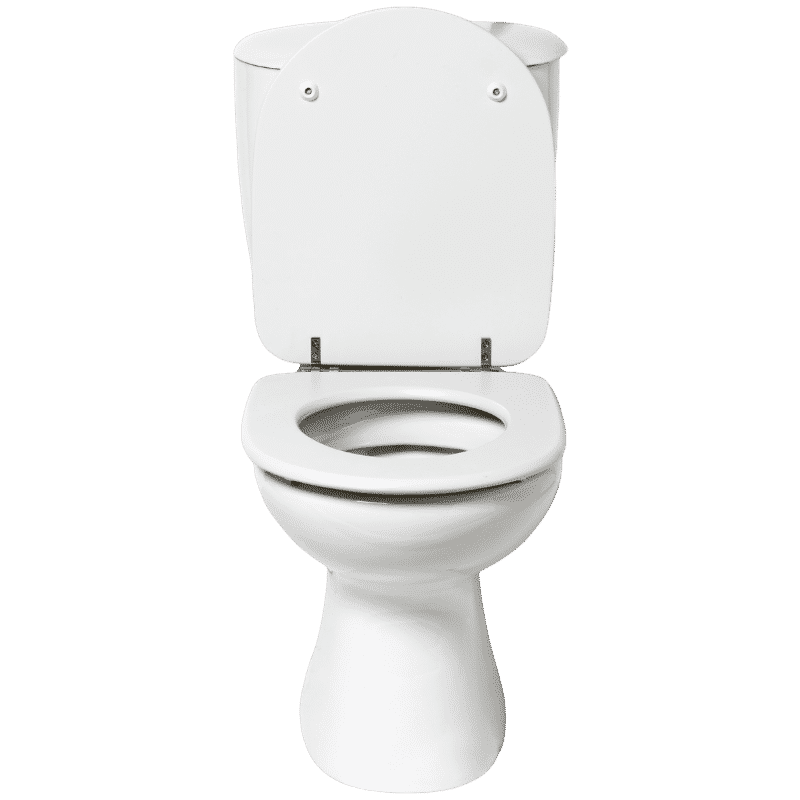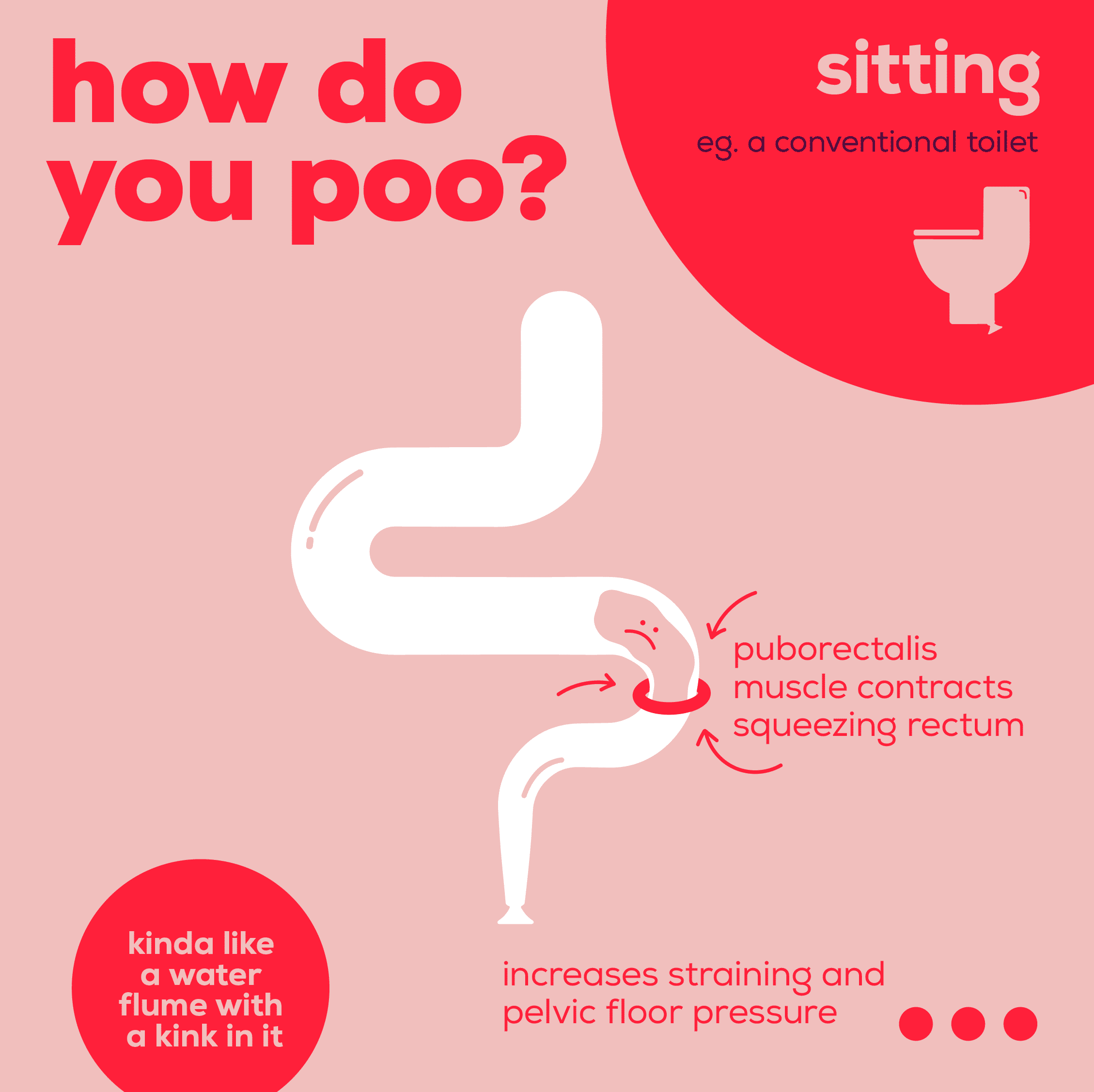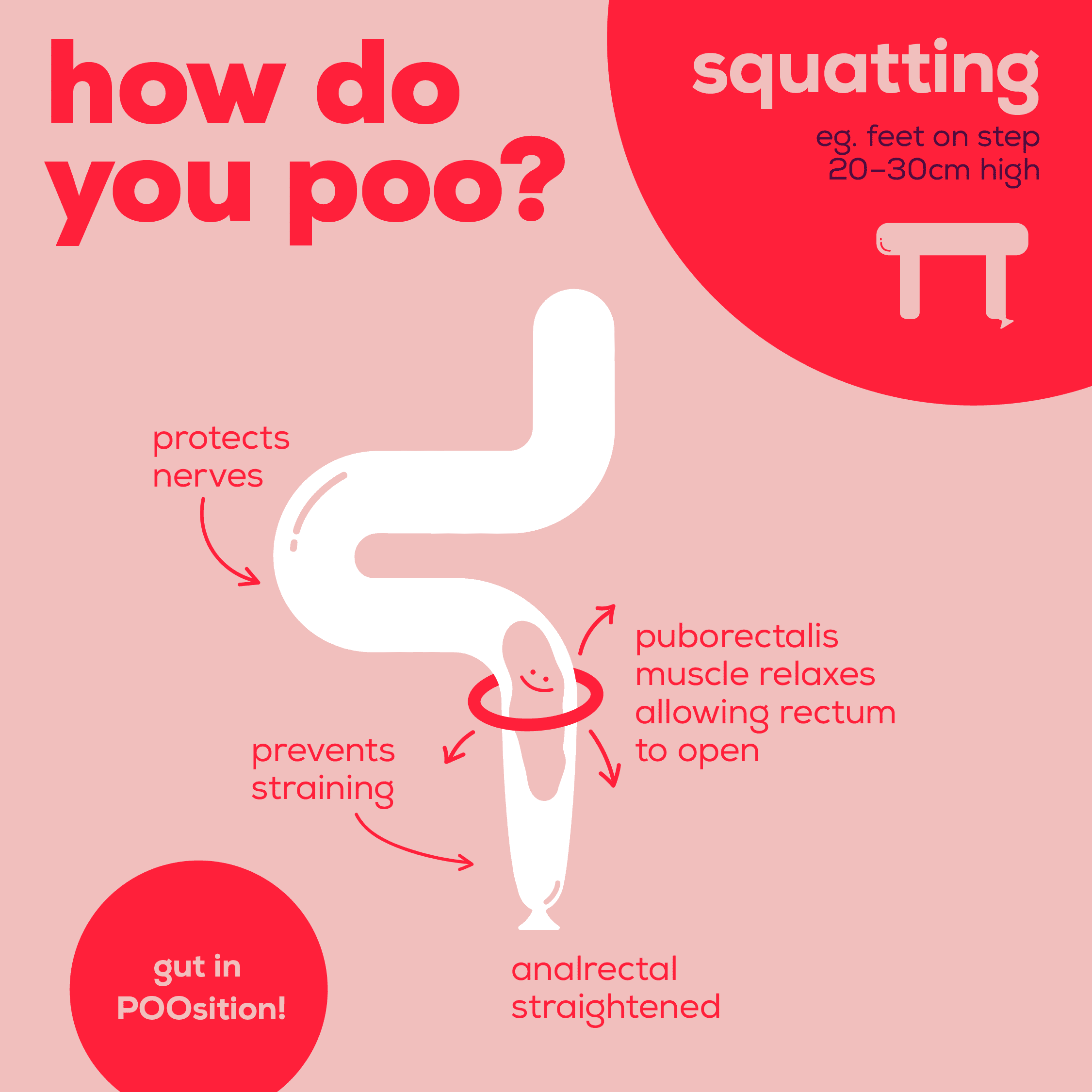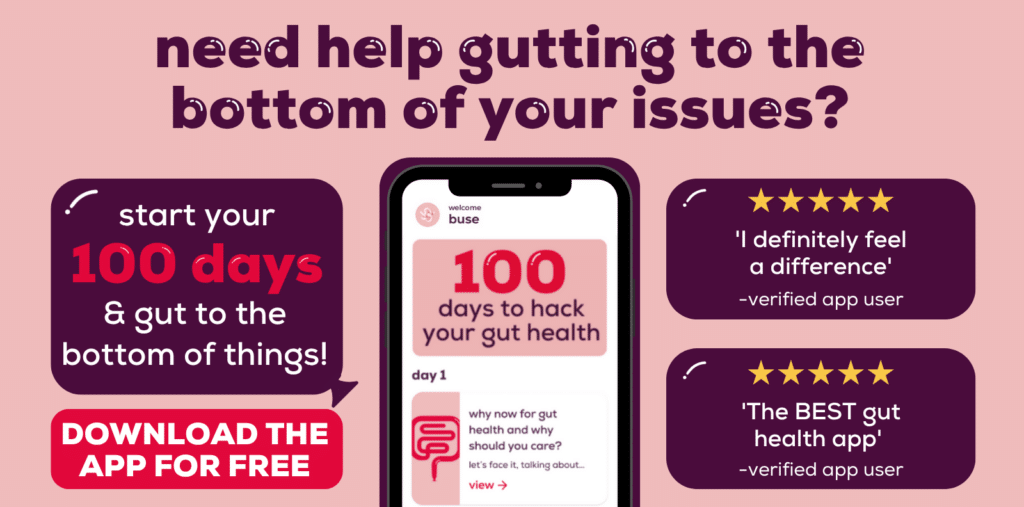tuning in
Slowing down and tuning in can enable us to identify simple changes that can have a positive impact on our gut health.

our top takeaways
simple swap
Stop ignoring gut symptoms – keep a diary, take note and seek help from your doctor.
myth bust
Having some wind is normal and will vary depending on what you’ve eaten. But if it’s excessively smelly and/or causes you pain, it might be worth speaking to your doctor.
keeping a diary
This is NOT a food diary for calorie counting but to monitor what you’re eating, how you are feeling (mentally and physically), your poos (yes, really!!) and how much you are moving to help you “tune in” to your body and to spot patterns.
We all live such fast-paced lives, when was the last time your asked yourself ‘how am I today’ – understanding and listening to your body is a big part of understanding your gut and often we don’t listen to it until there’s something wrong.
You’ll be surprised at how much you notice, you might even spot patterns between stress and your digestion.
If you do have gut symptoms, you can take your ready-made diary to your doctor. they’ll thank you for it!
We’ve created our very own digital diary where you can log and track all of your symptoms and receive reports to share with your HCP! Download for FREE HERE.
chew, chew, chew again…
This sounds pretty simple, but the process starts before we even put the food in our mouths and the digestion that occurs in your mouth is two-fold. First, the action of chewing physically breaks down your food into smaller pieces to increase the surface area and second, enzymes in your saliva help break down your food even further and third, the longer food spends in your mouth the more time it gives the enzymes to work.
top tip – try to chew each mouthful 20-30 times before swallowing, put your cutlery down between mouthfuls and make sure you are sitting down.
poo-sitions
And finally we’ve got to think about how it comes out the other end (you didn’t think you were getting away from poo chat that easily did you!?)
Something as simple as how you are sitting when you poo can make a big difference. A Western toilet typically mean that your knees are at a 45 degree angle, rather than 90, which means your puborectalis muscle contracts squeezing your rectum tight making evacuation difficult. On top of this, if you start straining you will also put unnecessary pressure on your pelvic floor.
Squatting with your feet on a 20–30 cm high step when you use the toilet relaxes your puborectalis muscle (allowing your rectum to open properly), making it easier for poo to evacuate and prevents straining.
Get yourself a step or a box (or even a pile of books!) to put near your toilet and gut in POOsition!
the gut stuff poo-sitions


© 2020 The Gut Stuff Limited. Not for redistribution or for commercial use – get in touch if you want to discuss our partner programme. If you’d like to use any of our infographics for personal use on your own social channels, we ask that you credit us @thegutstuff.
disclaimer: The information on this chart is provided as an information resource only and is not to be used or relied on for any diagnostic, treatment or medical purpose. All health issues should be discussed with your GP and/or other qualified medical professional.

